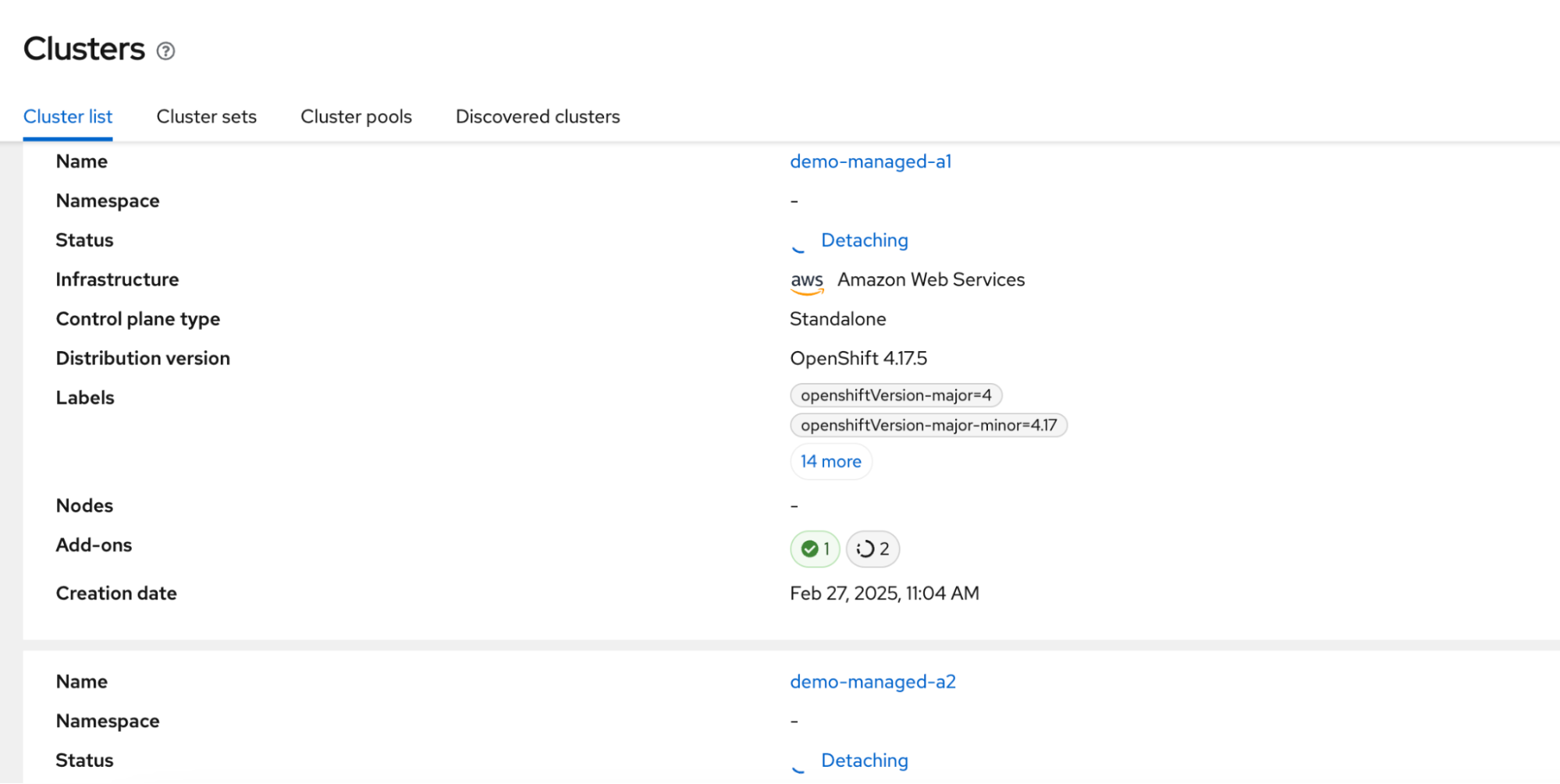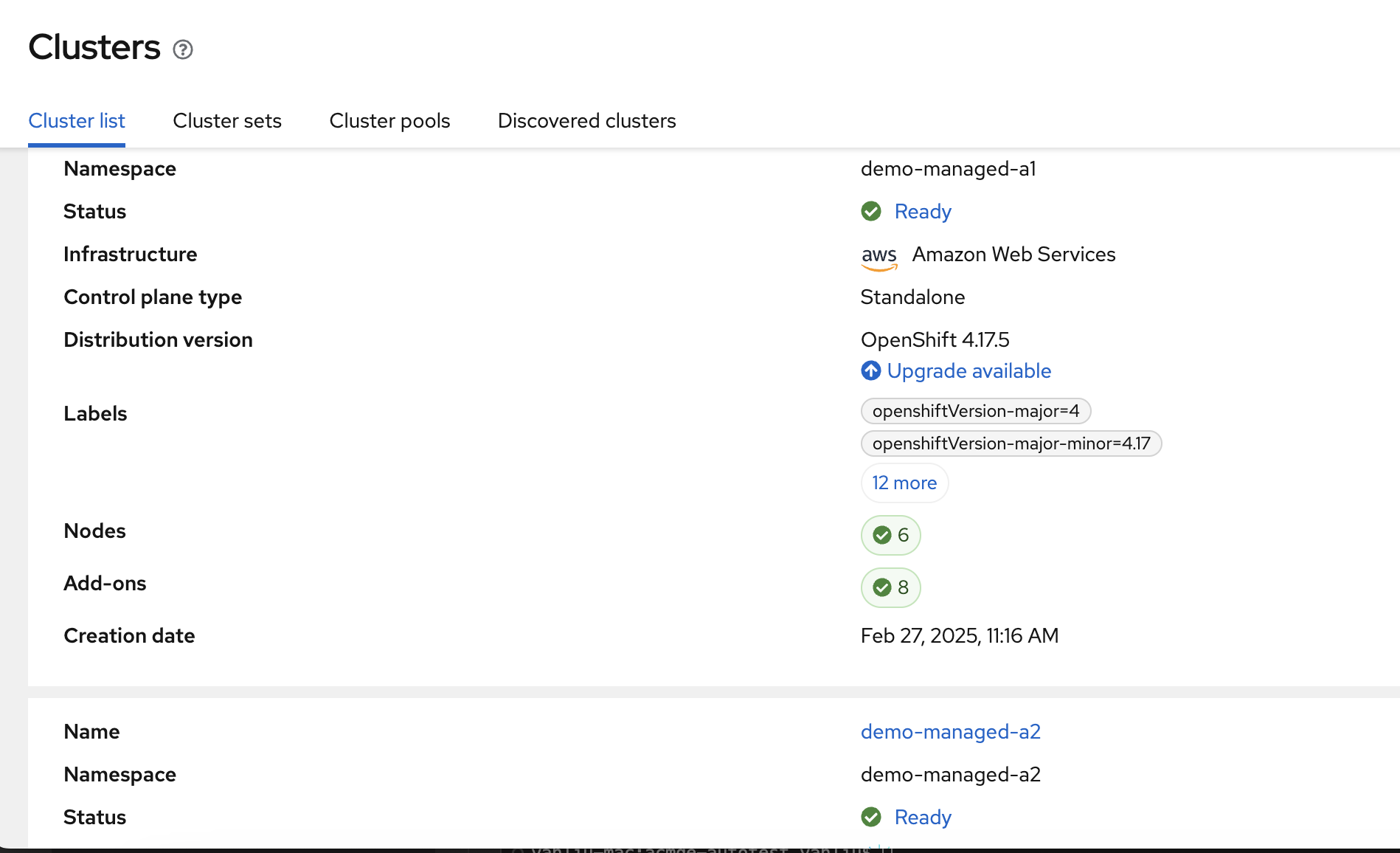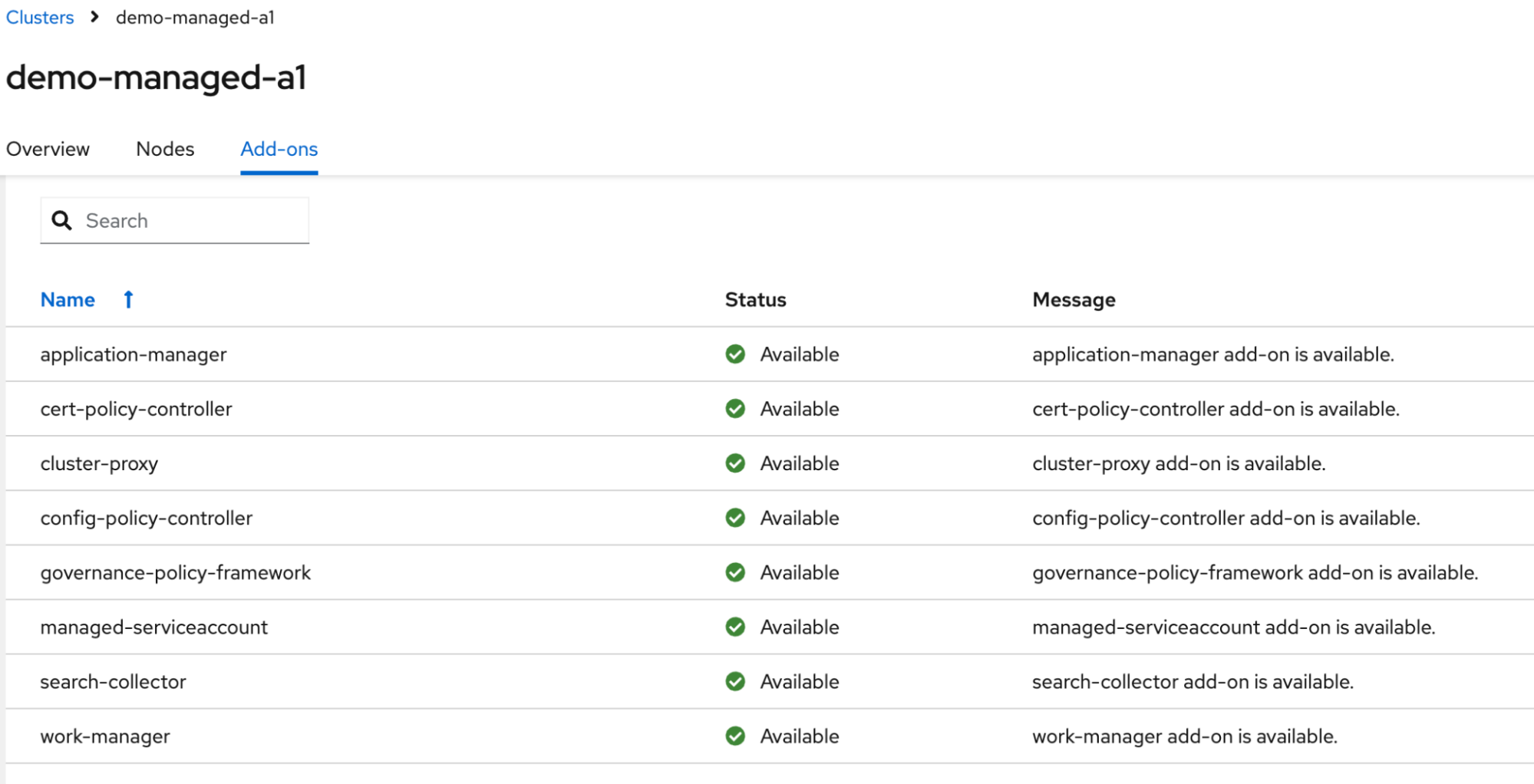As of Red Hat Advanced Cluster Management 2.13, the multicluster global hub operator has a new developer preview feature: Managed cluster migration. This is especially useful when you're migrating managed clusters, which you might consider doing in any of these scenarios:
- Your Advanced Cluster Management hub cluster or hub hardware is unstable.
- Your Advanced Cluster Management hub cluster has more managed clusters than you need, but you do not want to delete these managed clusters.
- You want to migrate only selected clusters to another Advanced Cluster Management hub cluster.
This article teaches you the basics of managed clusters migration, and provides a demo so you can understand how to use it.
Making it easier for you
To migrate your managed clusters, you need a multicluster global hub environment. If you need to install one, see multicluster global hub installation.
Before you can begin migrating the managed clusters from one Red Hat Advanced Cluster Management hub cluster to another, ensure that you have completed the following actions:
- Import both Advanced Cluster Management hub clusters from the multicluster global hub control plane
- Install the same Advanced Cluster Management version for both Advanced Cluster Management hub clusters
- Enable the
managed-serviceaccount add-on in both Advanced Cluster Management hub clusters
Now you're ready to create a managedclustermigration custom resource (CR) in the default global hub namespace, multicluster-global-hub. Here's an example:
apiVersion: global-hub.open-cluster-management.io/v1alpha1
kind: ManagedClusterMigration
metadata:
name: migration-sample
namespace: multicluster-global-hub
spec:
from: demo-hub-a
to: demo-hub-b
includedManagedClusters:
- demo-managed-a1
- demo-managed-a2
- demo-managed-a3
...
- demo-managed-aNTo complete the spec fields, use the following information:
- Optional: The
fromfield is your old ACM hub cluster name. - Required: The
tofield is your new ACM hub clutter name. - Required: The
includeManagedClustersis the managed clusters in your old RHACM hub cluster. You can have multiple entries for this field.
Viewing the status during migration
After you create this file, use the Red Hat Advanced Cluster Management console to view the details of the managed clusters, as shown in Figure 1.

You can also use the Red Hat Advanced Cluster Management console to view the details of your managed clusters in your new Advanced Cluster Management hub cluster. See Figure 2.

Verify that all add-ons are running by checking the detailed status for the managed clusters in your new Advanced Cluster Management hub cluster (Figure 3).

Conclusion
The managed clusters migration feature is available in Red Hat Advanced Cluster Management 2.13. Explore new features in Red Hat Advanced Cluster Management 2.14 that further enhance your experience.
We're excited for you to use the multicluster global hub operator to manage your Advanced Cluster Management managed clusters, and we're looking forward to your feedback.
